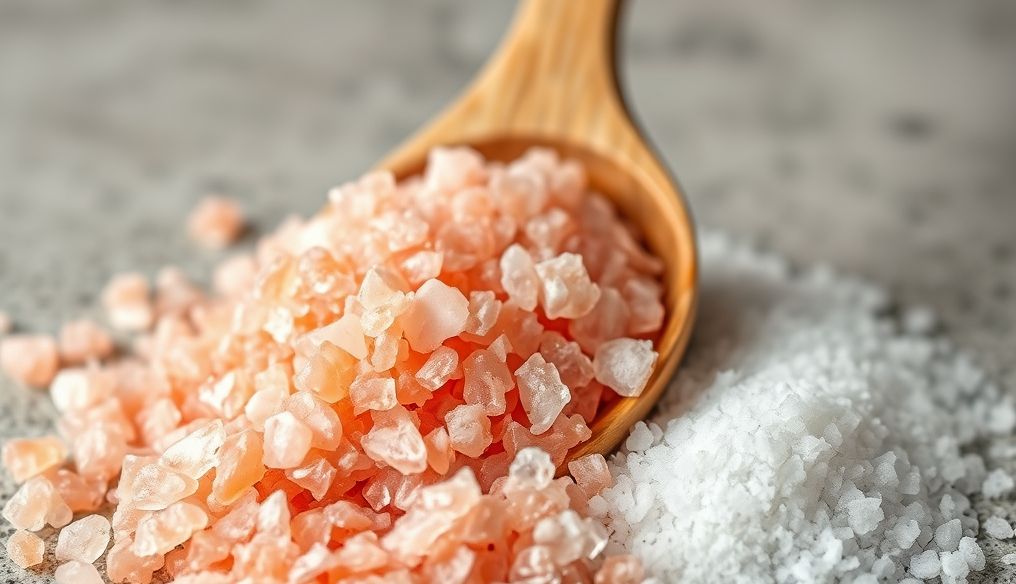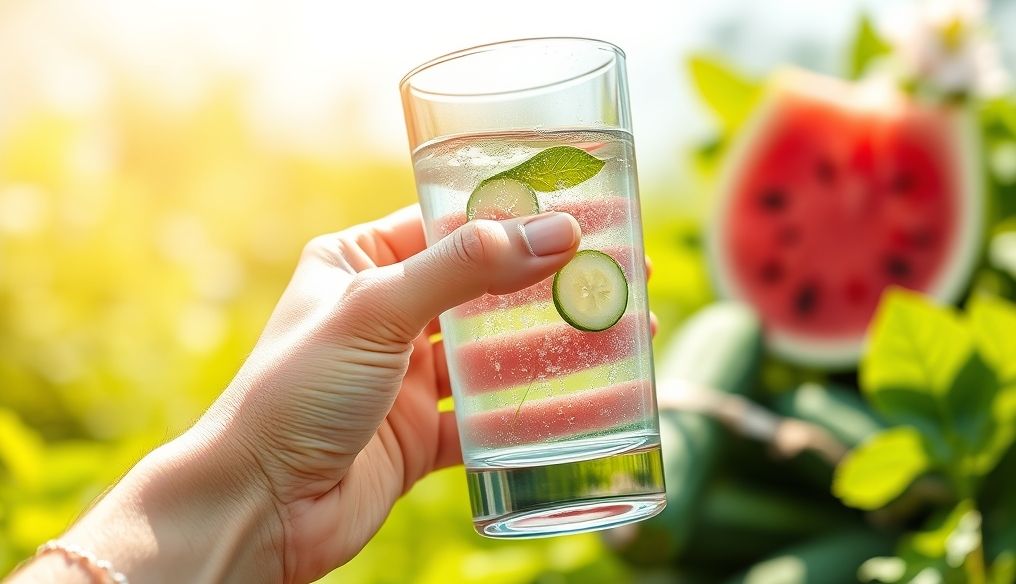Is Pink Himalayan Salt Really Better Than Regular Table Salt?
Salt has long been an essential part of our lives, not only as a fundamental ingredient in food but also in numerous industries and other applications. In recent years, pink salt, also known as Himalayan salt, has gained significant popularity as a "healthier" alternative to regular salt. But is this claim accurate? Is there really a significant difference between pink salt and regular salt? This is what we will explore in detail in this article.
What is Pink Himalayan Salt?
Pink salt is a type of rock salt extracted from salt mines in the Punjab region of Pakistan, near the Himalayas. This salt is believed to have formed millions of years ago due to the evaporation of ancient seas, resulting in mineral-rich deposits. Pink salt is characterized by its distinctive color, ranging from light pink to dark pink, due to the presence of trace amounts of minerals such as iron, magnesium, potassium, and calcium.
What is Regular Table Salt?
Regular table salt is nearly pure sodium chloride (NaCl). It is extracted from various sources, including saltwater seas and underground salt deposits. Table salt is often refined to remove impurities and other minerals, and iodine is then added to it in many countries to help prevent iodine deficiency, which is important for thyroid function.
Chemical and Nutritional Composition: Comparing Pink Salt and Table Salt
Sodium Content
Both types of salt are primarily composed of sodium chloride. However, there may be a slight difference in the actual amount of sodium. Pink salt is often said to have a lower amount of sodium per serving compared to table salt, but this difference is usually very small and negligible. The real difference lies in the size of the crystals; pink salt crystals are often larger, which may lead to using less of it to achieve the same salty taste.
Trace Minerals
The most significant difference between pink salt and table salt is the trace mineral content. Pink salt contains small amounts of minerals such as iron, potassium, calcium, magnesium, and zinc. These minerals are what give pink salt its distinctive color and contribute to its unique flavor. However, it should be noted that the amount of these minerals is so small that they do not provide a significant health benefit. Very large amounts of pink salt would have to be consumed to obtain meaningful amounts of these minerals, which is of course not recommended due to the health risks associated with excessive sodium intake.
| Component | Pink Salt (per 1 gram) | Table Salt (per 1 gram) |
|---|---|---|
| Sodium | Approximately 390 mg | Approximately 393 mg |
| Potassium | Approximately 2.8 mg | Less than 0.1 mg |
| Calcium | Approximately 0.4 mg | Less than 0.1 mg |
| Magnesium | Approximately 0.1 mg | Less than 0.1 mg |
| Iron | Approximately 0.03 mg | Less than 0.01 mg |
Potential (and Overstated) Health Benefits of Pink Salt
Pink salt is often promoted as having numerous health benefits beyond simply providing sodium. However, it is important to be realistic about these claims and to understand that most of them are not supported by strong scientific evidence.
- Improving Electrolyte Balance: The minerals in pink salt may help maintain electrolyte balance in the body. However, the amount of these minerals is so small that it does not make a significant difference compared to eating a balanced diet rich in fruits and vegetables.
- Improving Hydration: Sodium is essential for hydration, and pink salt provides sodium. However, regular salt does the same thing.
- Reducing Water Retention: This claim is not supported by any scientific evidence.
- Improving Digestion: There is no scientific evidence linking pink salt to improved digestion.
- Purifying the Air: Some people use pink salt lamps believing that they purify the air by releasing negative ions. However, the amount of negative ions emitted from these lamps is so small that it does not make a noticeable difference in air quality.
Different Uses of Pink Salt and Table Salt
In Cooking
Both types of salt can be used in cooking to add flavor to food. Some chefs prefer pink salt because of its unique flavor, which they consider to be more complex than the flavor of regular salt. However, the difference in flavor is often very subtle and can only be noticed by people with a sophisticated sense of taste.
In Baths
Some people use pink salt in baths to relax and relieve muscle pain. The minerals in pink salt are believed to be absorbed by the skin and provide therapeutic benefits. However, there is no conclusive scientific evidence to support this claim.
In Decoration
Pink salt lamps are used as decorative elements in homes and offices. Some people believe that these lamps purify the air and create a relaxing atmosphere. However, as mentioned earlier, the amount of negative ions emitted from these lamps is so small that it does not make a noticeable difference in air quality.
Risks of Excessive Salt Intake (Regardless of Type)
Regardless of whether you use pink salt or table salt, it is important to consume it in moderation. Excessive sodium intake can lead to serious health problems, including:
- High blood pressure
- Heart disease
- Stroke
- Kidney damage
The American Heart Association recommends consuming no more than 2,300 milligrams of sodium per day, and preferably less.
Price: Is Pink Salt Worth the Higher Price?
Pink salt is usually more expensive than table salt. Whether it is worth the higher price depends on your personal preferences and values. If you appreciate the unique flavor of pink salt and are willing to pay more for it, it may be worth it for you. However, if you are looking for a "healthier" alternative to regular salt, it is important to understand that the potential health benefits of pink salt are so small that they do not justify the higher price.
Conclusion: Pink Salt vs. Table Salt - Which is Better?
Ultimately, the choice between pink salt and table salt depends on personal preference. Both provide the sodium your body needs, and the difference in mineral content is so small that it does not make a significant difference in your health. If you enjoy the flavor of pink salt and are willing to pay more for it, go ahead and use it. But if you are looking for a "healthier" alternative to regular salt, it is important to understand that the potential health benefits of pink salt are overstated. The most important thing is to consume salt in moderation, regardless of the type you choose.
Tips for Reducing Sodium Intake
- Read food labels carefully and check the sodium content.
- Use herbs and other spices to add flavor to your food instead of salt.
- Reduce your intake of processed and canned foods, as they are often high in sodium.
- Eat plenty of fruits and vegetables, as they contain potassium, which helps balance the effect of sodium on blood pressure.
- Cook at home as much as possible, so you can control the amount of salt you add to your food.




